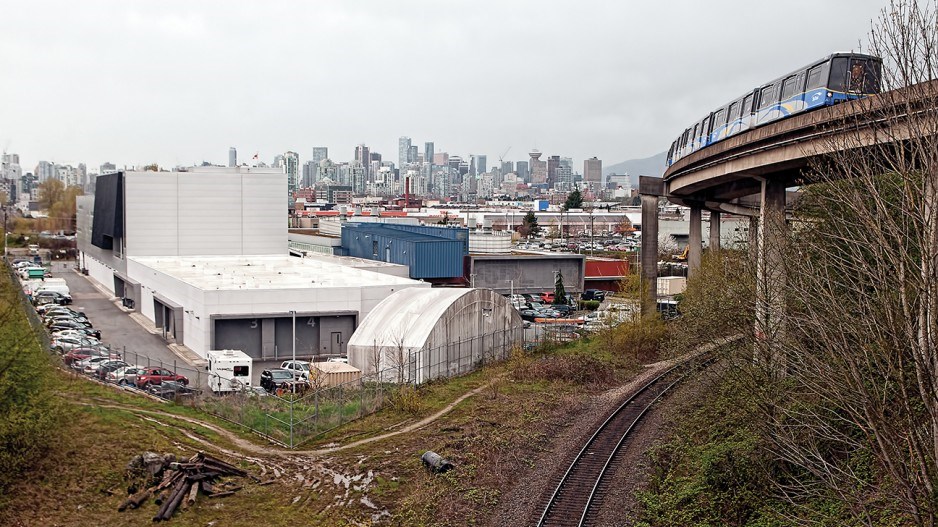After more than 20 years of discussion, debate and draft proposals, Vancouver city council unanimously voted May 17 to proceed with its controversial plans for the zoning and development of False Creek Flats, considered the city’s last frontier for high-density real estate development.
But condo developers say the city “lost an opportunity” to allow more housing, with a plan they say will “build a suburban-style office park” in a prime city setting.
City plans for the 450-acre site include only a small amount of student housing connected to post-secondary campuses.
But Vancouver Mayor Gregor Robertson defended the city’s vision to ensure the flats are reserved primarily for workspace, not living space.
“This zoning now supports the growing innovation economy and creating many more jobs in the core of the city. … Huge job growth is possible if we have the space to house that,” Robertson said following the evening vote.
Vancouver city Coun. Andrea Reimer added that her concern “is that working-class Vancouverites will have nowhere to work, and that’s what this plan really seeks to address. Understanding that half a million people are within very close transit, active transportation or walking distance to this really puts a fine point on how essential it is to preserve job space.”
But Anne McMullin, president and CEO of the Urban Development Institute, Pacific region, which primarily speaks for multi-family developers, said the plan ignores the potential of mixing high-density housing within the commercial and industrial space.
“This is a lost opportunity,” McMullin said.
In a last-ditch May 16 appeal to city council, McMullin noted that the city’s plan allows only 1,400 residents on the land, or a density of three homes per acre.
“Given that there are 20,000 jobs potentially being created in the area and major institutional uses [a hospital and educational campus], there will not be enough balance between residential and employment-generating uses. Ideally, we want employees and students living close to their jobs and educational institutions. The plan in its current state, will discourage this and result in much more commuting from other areas.”
McMullin said residential development could have been allowed through the higher buildings by blending housing with industrial and office space.
An example is the city zoning allowed on a portion of East Hastings Street, where 230 condominiums are being built above 54,000 square feet of light industrial space in Wall Financial’s Strathcona Village project.
“There is room to grow the [False Creek Flats] vertically,” McMullin said. “The area can absorb higher levels of transit-oriented density with much less community opposition than the more established communities along the SkyTrain lines.”
The city’s plan calls for doubling jobs space on the flats to 11 million square feet, up from the current 5.4 million. The city targets existing industrial uses as well as next-generation office space.
The flats received its major impetus 15 years ago when Finning International Inc. (TSX:FTT) left the area, bequeathing 18.6 acres of its property on Great Northern Way to the University of British Columbia, Simon Fraser University, the British Columbia Institute of Technology and the Emily Carr University of Art and Design. The Flats will also be the site of the new St. Paul’s Hospital.
The city plans to remove twin viaducts that link downtown to the flats as part of the development.
Some economists and commercial real estate professionals applaud the city zoning to create a specific urban preserve for working space.
“We have to protect Vancouver’s industrial core and affordable commercial space,” said Ingrid Valou, who handles communications for the Vancouver Economic Commission. “[This] means having the space to do it – which means densifying the False Creek Flats.”
Jake Luft, a senior associate with Avison Young in Vancouver, expects a rush of commercial development applications following the city’s approval.
“Anyone that owns sites or has sites under contract or anticipates buying sites, a lot of their plans [were] awaiting [the flats] plan approval,” he said. “There’s a lot of land there that’s ripe for redevelopment.”




